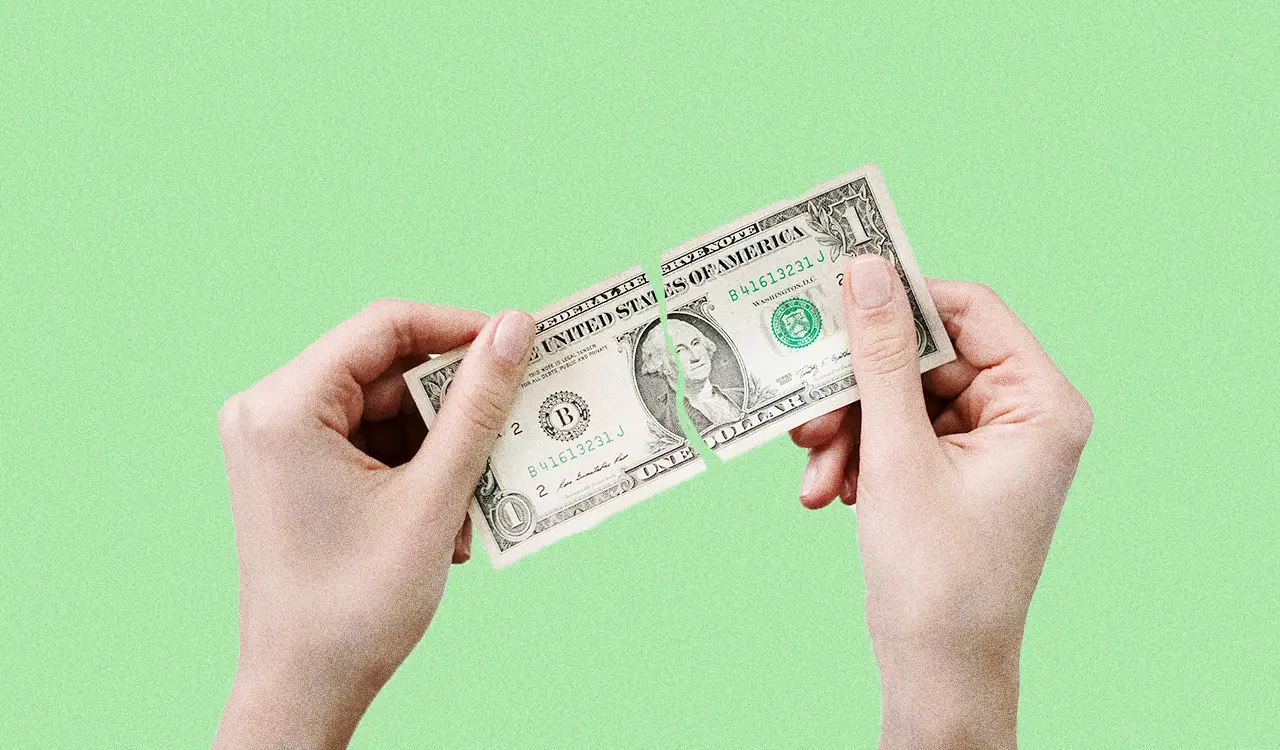Let’s play a little Dialing for Dollars; the big picture is about Dollar Tree closing. Today’s question is: Why did Dollar Tree decide to close 1,000 of its Family Dollar and Dollar Tree locations? It may be a trick question and the answer is rather complicated. See if you can get the right one:
- It is the fallout from a deal almost ten years ago that Dollar Tree thought it won…but turned out to have lost big-time.
- It reflects the fact that this economy is very complex, and the hardships being felt by customers are very different than in previous downturns.
- It’s about a management that should have known better and doesn’t rank on a par that well with the performance of its main competitors.
- All of the above.
And the answer is? D, all of the above. We told you it wasn’t going to be easy.
The Big Deal Was a Bad Deal
For much of the period leading up to its July 2015 acquisition of Family Dollar, Dollar Tree was engaged in a real retail dogfight with its archrival Dollar General as to who would win out. The battle went back and forth for months and eventually Dollar Tree prevailed, to the tune of $8.5 billion. Together, the two brands would have more than 13,600 stores doing over $19 billion a year in revenues.
It sure seemed like a victory for Tree…until it wasn’t. Plans to assimilate the two operations didn’t go very smoothly, and as with any big merger what looked good on paper turned out to be not so great in reality. Family Dollar, with older stores located more in lower income (even by dollar store standards) areas, needed a lot of investment to get modernized.
In the meantime. Dollar General, with its generally newer fleet of stores, was rapidly expanding and taking the best locations for the as-many-as-1,000 stores it was opening each and every year. Those stores had a more modern merchandising mix and an increasing number offered fresh food as opposed to the salty snacks that were a dollar store foundation. Without the added debt Dollar Tree took on to finance the Family purchase, it would have been able to better utilize its capital resources on its core brand. So, when it did expand, it did so with a new concept, pOpshelf, that put a fresh spin on the dollar concept and is providing a new runway for the company’s expansion plans.
In short, ever since the 2015 dollar duel, Dollar General has been playing offense while Dollar Tree has had to resort to mostly defense. It may not be quite that black-and-white…but it’s pretty close.
Different Dollars for Different Times
Dollar stores have often been a terrific barometer of economic times. If things were tough, consumers tended to trade down from the stores they usually shopped at – be they national discounters, off-pricers or big supermarket chains – and do more of their shopping at dollar stores. This even though much of the merchandise in dollar stores represents absolutely terrible value. Smaller sizes have higher unit costs but if a shopper was pressed and only had two bucks to spend on Lays potato chips, they didn’t really look at the per-ounce cost, they just knew they couldn’t afford the $3 bag they used to buy at Kroger. And forget about fresh food when a can of string beans or a box of Kraft Mac & Cheese was a cheaper alternative to the good stuff.
But the economic times we are in now are different. The dwindling middle class, while certainly pressed by the largest rate of inflation many have seen in their adult purchasing decision lives, are not necessarily trading down to dollar store the way they used to. They are gainfully employed and, in fact, are probably earning more than they did just a few years ago. The value of their homes is high and climbing higher unlike the housing collapse of 2008-2009 when prices crashed. If they invest in the stock market, either directly or through retirement funds, they are doing pretty well as stocks are often at record highs.
And with inflation seemingly on its way down and gasoline prices – the ultimate yardstick most of us use to measure price increases – receding from the highs of the supply chain meltdown of two years ago, most Americans are not doing all that badly. That may not be reflected in who they vote for or who they blame for whatever is going on, but the fact of the matter is that they are not doing badly at all.
The same can’t be said for lower-income consumers, the people who are at the heart of the dollar store customer base. Inflation has taken a proportionately larger bite out of their spending power and they don’t have any place to trade down to. Their answer, simply, is that they aren’t buying as much as they used to. Dollar stores – particularly poorly run dollar stores that aren’t attractive places to shop in areas that aren’t so nice – are paying the price in declining sales.
It’s an important distinction in this economy versus previous ones and even if the economists have all the charts and graphs in the world to explain the dynamic, the simple truth is that lower income Americans are feeling more pain than others. Whatever is going on with the economy it’s asymmetrical and more pronounced.
Not All Dollar Stores Are Created Equally
Just as any company’s problems are not entirely the fault of the guy at the top of the pyramid, the fact is that he or she must ultimately take responsibility for the company’s performance. So, when Dollar Tree changed CEOs at the start of last year it was an early warning that things weren’t working out so well.
Ironically this new Dollar Tree 1000-store hit list comes at the same time Dollar General is announcing a similar number of new store openings. It’s no coincidence. And it’s not just store comings and goings. Dollar General in March beat Wall Street estimates on both its top and bottom lines and forecast strong sales for the balance of the year. It is expanding its fresh food assortments – higher margin fresh food sections – and investing in its stores, all the while opening more new stores than the competition.
The mirror image was taking place over at Dollar Tree. Besides the big headline about the store closings, the company missed its Wall Street forecasts and said it was looking at lackluster performance going forward.
And Tree’s tough times are not just in comparison to its dollar-mate. Five Below, a smaller chain with a similar format that is somewhat more focused on younger customers, had a 19 percent revenue gain in its last quarter and continues to be quite positive about its future. Clearly, we are seeing market share shifts in this sector and Dollar Tree and its Family Dollar unit seem to be on the short end of the shift stick.
Maybe we can cut Dollar Tree some slack…maybe. In early April, another dollar dealer, 99 Cents Only, announced it was liquidating and shutting down its entire 371-store chain. Looks like they are another inflationary victim, but it also looks like they never tried to tweak their business model by moving up their pricing structure. So, maybe there’s no slack-cutting required here after all.
Dialing for Dollars
The entire dollar category may not be retail’s shining star right now – in fact, who is outside of Walmart, Costco and the off-pricers? But there are distinctions within the channel. All dollar stores are getting hit on many sides, not just from each other, but from the Chinese-founded Shein and Temu direct selling twins, from real deep discount off-pricers like Ollies and national drug chains like CVS and Walgreens that continue to expand their assortments into consumables like food and household goods. Those retail lines are blurred but Dollar Tree is not doing itself any favors by trying to compete with them these days. The buck seems to be stopping there.




